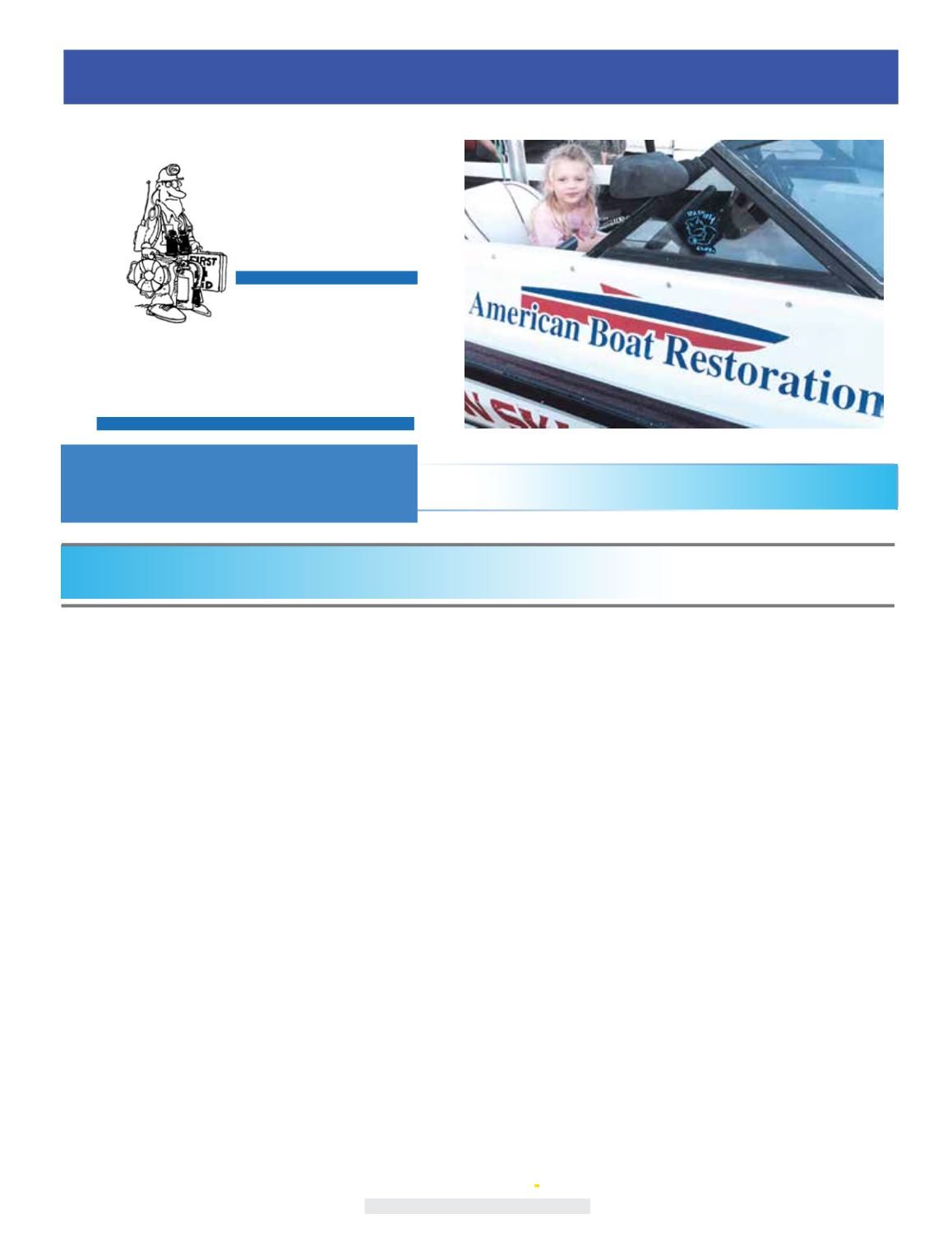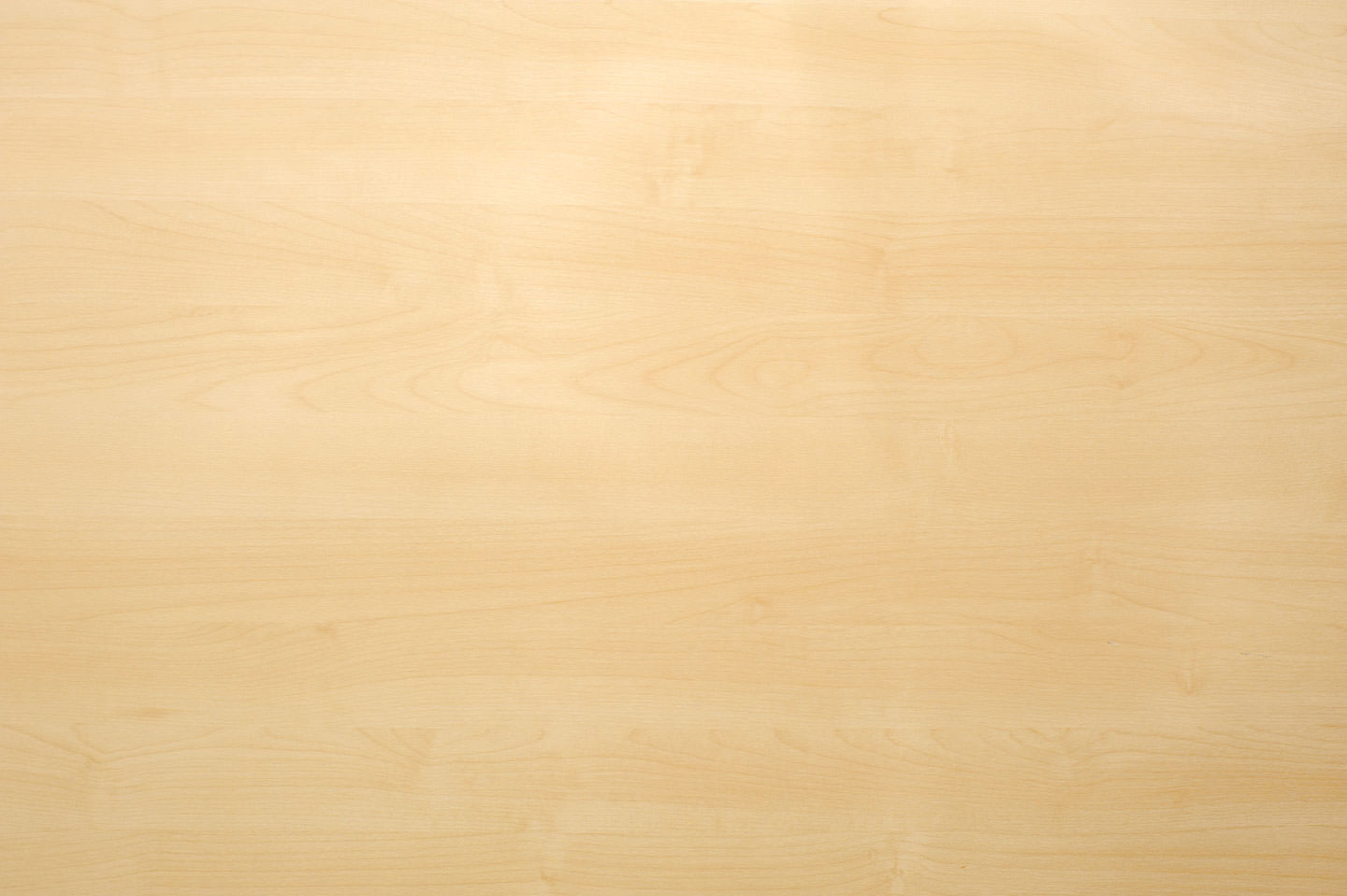

July - August 2018
68
Disponible en línea en español.
Dave Weakley is the owner of American Boat Restoration and has been helping
Northeastern boaters keep their boats in fine trim and good repair for over 40 years.
Dr. Gel
by Dave Weakley
Ask
“Email me or call me with your questions! I’ll be happy to help you out”
americanboatrestoration.com / email:
boatrepair@aol.com/ Office: 413.665.7424 / Cell: 518.577.7799
2 0 0 6 • 1 2 Y e a r s w i t h D r . G e l • 2 0 1 8
#1- Avoid letting your boat get all chalked and faded
The dullness in the gelcoat goes beyond the surface. Gelcoat is porous and
the fade is imbedded in the pores of the gelcoat. When the boat was new it
had a sealer glaze that filled the porosity in the gelcoat. It’s likely after years
of washing the boat especially if harsh chemicals and or dish washing liquids
were used the sealer glaze has gone away. Specially made “Boat Wash”
products are made to wash the boat with out stripping the protective glaze
and wax. Now that the protective glaze and wax is gone the UV sun rays are
penetrating the porosity in the gelcoat.
Degrees of fading will vary depending on color; darker colors, e.g.; red,
maroon, green, dk. blue all have large amounts of pigment and will fade
faster than lighter colors.
“In most cases gelcoat shine and color can be restored!”
If you are not aggressive enough when you compound you are shining
only the surface. You need to take the top layer of gelcoat off to get to good
gelcoat. It is possible that the right compound materials and technique will
fix your problem.
Get good gelcoat compounds. There is a difference between compounds
for cars and boats. Generally gelcoat compound is more aggressive than
automotive compound. I use the following materials- * Presta Super Cut &
Mirka Polar Shine 35 – TR products; TR-311 is a coarse compound - TR 308
eliminates swirl marks and minor scratches and TR-301 Sealer Glaze closes
gelcoat pores and seals. After using the TR-301 Sealer Glaze a good marine
Helpful Tips to keep your boat
in fine condition!
UV protecting wax must be applied to insure the longevity of the shine.
Depending on how faded the gelcoat is will determine what compound you
can start with.
*“If you are going to compound and wax your boat you need the
right materials and equipment”
Here’s what you need; a good particle mask; compounds dry out your sinus
and skin, eye protection and light weight gloves, terry cloth rags ,micro fiber
towels a variable speed buffer, not an orbital buffer! Orbital buffer is good
for polishing but not for compounding because you won’t get the heat from it
necessary to get a shine. Be sure to get a buffing pad; different from polishing
pads. Use a good quality wool pad, I use a 3M doubled sided pad. The pads are
pricey, but you get what you pay for. Don’t bother using a foam buffing pad as
they build up static electricity and will not produce a good shine.
“As a general rule; buffing without a little heat you’re not going
to get the shine”
Start with using TR-311, course compound. Apply to the boat using a terry rag.
Put enough on to keep it moist; too much will sling all over and make a mess.
All buffers spin clockwise so put compound on the boat and work right to left
in small areas so the compound stays moist and it will avoid loading up your
buffing pad. Be careful buffing around registration numbers, vinyl graphics and
stripping tapes!
After using TR-311 wipe the residue off the boat. Clean the pad with a tool

















